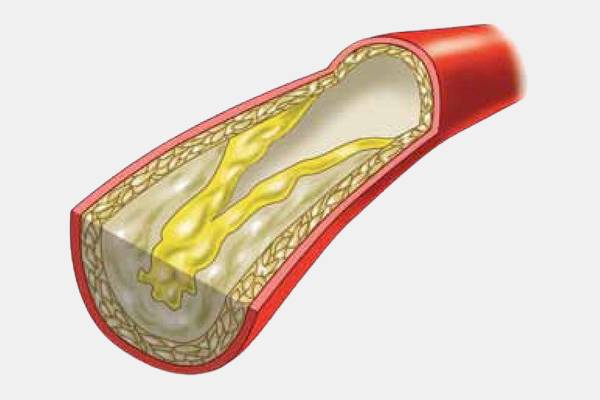
Also known by the names balloon angioplasty and percutaneous transluminal angioplasty, is a minimally invasive procedure that is used to widen narrowed or blocked arteries or veins. This procedure is used to treat arteriosclerosis or atherosclerosis which involves widening the walls of the narrowed blood vessels where cholesterol deposits are present. The narrowed areas of the walls are widened by using a long, flexible tube (catheter) and placing it in between the plaque deposits. The catheter is inserted through any accessible artery. A balloon is placed at the tip of the tube in such a way that when it is blown, it forces the narrowed areas of the artery to wide open. This clears the passage of the walls, allowing blood to flow to the heart or the whole body.
Types Of Angioplasty
There are five types of angioplasty, which are :-
This is the treatment given to patients who have suffered from myocardial infarction or heart attack. People who are suffering from severe coronary heart diseases require this treatment if the condition worsens, This procedure involves widening the coronary artery walls where cholesterol deposits are present.
This procedure involves widening the peripheral artery walls where cholesterol deposits are present. This procedure opens a blood vessel that is located outside the coronary arteries. It helps in treating peripheral artery disease where it affects those arteries that are present in the legs, arms, neck, and kidneys. The arteries that are affected include the femoral artery(thigh), radial artery(forearm), brachial artery(upper arm), and so on. Peripheral artery disease mostly impacts the legs, resulting in the occurrence of common symptoms called intermittent claudication, where sharp pain is experienced in the calf muscle.
this procedure is used to treat the advanced stage of peripheral artery disease and cure intermittent claudication this includes the damage of limb tissue, resulting in gangrene, ulcers, etc. This procedure also helps in treating Renovascular Hypertension in which, high blood pressure is caused due to the response of the kidney to the narrowing of the renal arteries that supply blood to it. When there is obstruction of blood flow, the arteries experience narrowing and the kidneys respond to it by accidentally increasing the blood pressure of the entire circulatory system.
This procedure is done to cure carotid artery stenosis, where the common carotid artery, which supplies oxygenated blood to the head and neck, is narrowed due to atherosclerosis.
This procedure is used to cure venous stenosis.
Coronary Angioplasty
The coronary arteries supply oxygen-rich blood to the heart muscle. The functioning of the arteries is responsible for the continuous flow of oxygen and nutrients to the heart. The coronary arteries are the blood vessels that engulf the heart, regulating its normal function. Coronary artery disease is a condition where the coronary arteries are narrowed and hardened due to a lack of oxygen-rich blood supply to the heart muscle by the cholesterol deposits in the walls of the coronary arteries. This results in the death of the heart muscle, leading to a heart attack or gradually progressing to heart failure. People who are suffering from severe coronary artery diseases require the treatment of coronary angioplasty if the condition worsens. This procedure involves widening the coronary artery walls where cholesterol deposits are present. The narrowed areas of the artery walls are widened by using a long, flexible tube (catheter) and placing it in between the plaque deposits.
What To Expect Before The Procedure
What To Expect During The Procedure
What To Expect After The Procedure
The faculty of Dr. Swapnil Mate's Cardiology clinic includes experienced cardiologists, cardiac surgeons, cardiac imaging specialists, a preventive cardiology team, experienced pediatric cardiac surgeons and assisting surgeons, physical therapists, nutritionists, geneticists, child-life specialists, a multidisciplinary interventional cardiology team, and a group of pathologists who run by tests and give the proper cause of diseases. The cardiologists and surgeons recommend the ideal surgery to the patients. They mention the advantages and risks associated with the surgeries they plan to do on them. Together, they provide services that cater to their needs. Consult Dr. Swapnil Mate for the best medical assistance.
